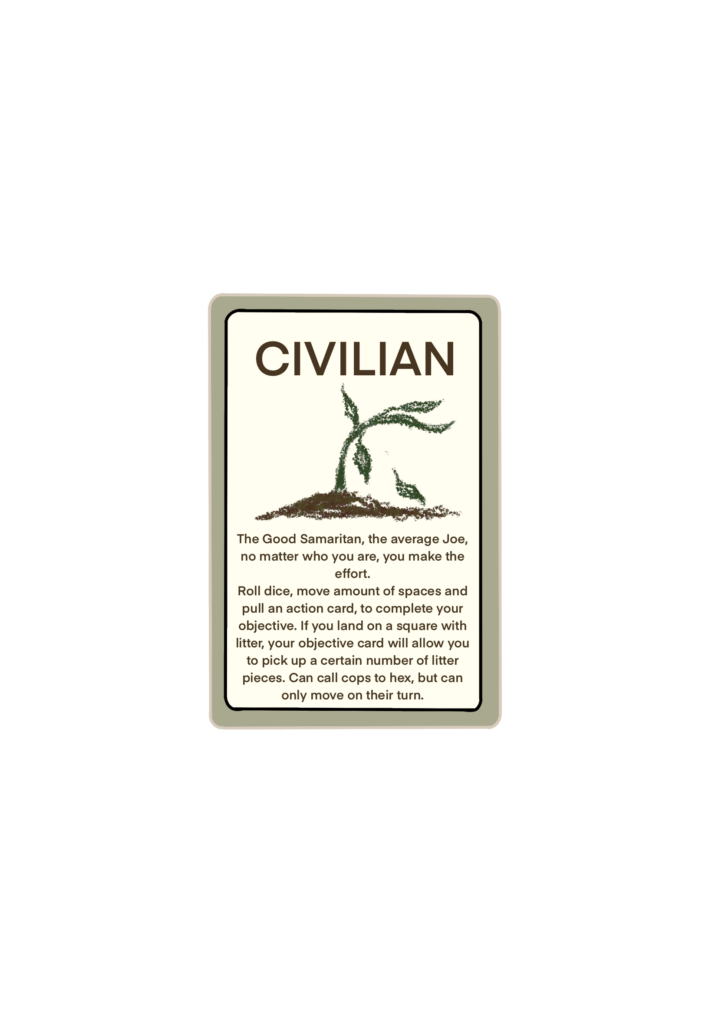Cry me a pond – Amber and Sarah
- What was the most frustrating moment or aspect of what you just played? their was a lot of discussion but it was a lot of throwing out things so it was hard to try and get my word in cuse i want to say something but I’m afraid that when i do people are going to be upset that i ruined their conversation and a lot of the conversations dragged into long stretches of just few people having a conversation before we could move along with the game.
- What was your favorite moment or aspect of what you just played? i liked the art a lot.
- Was there anything you wanted to do that you couldn’t? play the game, but that’s not in a ” the game didn’t work so we couldn’t play” its meant to be a discussion game and that’s just not a genre of games that i enjoy. It did what it was supposed to do and strike up conversations.
- If you had a magic wand to wave, and you could change, add, or remove anything from the experience, what would it be? make the board bigger, or make it circular move so it could go infinitely instead of having to go to one side and then moving it in the opposite direction. you could make it a kind of whirl pool and the outside is happiness and the inside of the whirl pool is depression and have the lily pads around near the edge of the board.
- What should be improved with the next version? how we move with the dice, when you answer the Ames cards( is it jut the person who rolled that answers the question or is it a group discussion),
- What was the game’s message? the message of the game is to be mindful about your mental state. but i like to think its just that Ames is a vengeful spirit trying to do us bad lol.(not for real, love Ames)
- Describe the game in 3 words: adorable, talkative, mindful
Barrel of truth – Collin
- What was the most frustrating moment or aspect of what you just played? the most frustrating aspect was people making things that were just people being honest immediately be something bad, not everyone has the same opinions as others. and when things are written its hard to give disclaimers or tone indicators to the words on the page so not everything written means it how it is said by a different person.
- What was your favorite moment or aspect of what you just played? i liked being able to comment on what people said about me in particular, it was only like one thing but it was still fun.
- Was there anything you wanted to do that you couldn’t? its not necessarily something that i couldn’t do but something that i felt i couldn’t do. like i didn’t say somethings that i thought about saying because i didn’t know if that would affect someone or by saying it make people see someone differently.
- If you had a magic wand to wave, and you could change, add, or remove anything from the experience, what would it be? i don’t necessarily think anything need changed but if i were to change something i would make it so everyone is writing things about the same person every round and that Peron gets to see what everyone thinks of them.
- What should be improved with the next version? prompts, better cards
- What was the game’s message? i think the games message is about how anonymity can change how people talk about someone and how easy it is to skew information written based on how you perceive the world based on how the creator meant it.
- Describe the game in 3 words: fun, writing, truths






